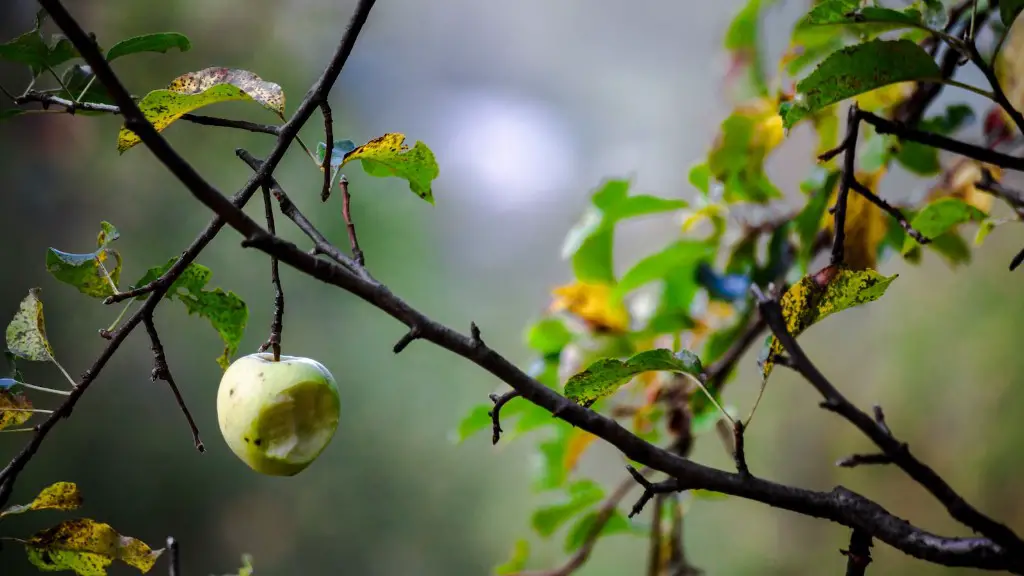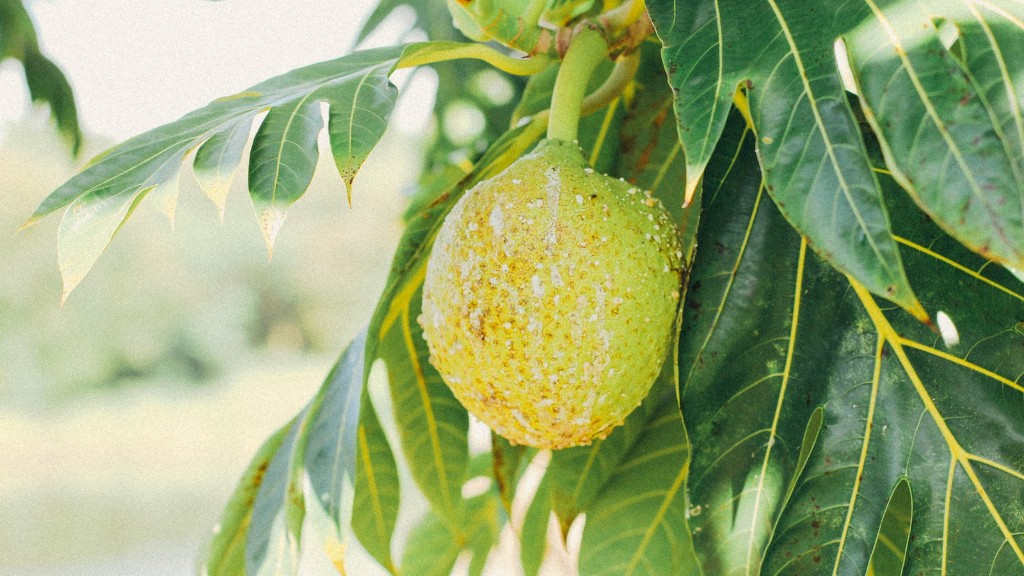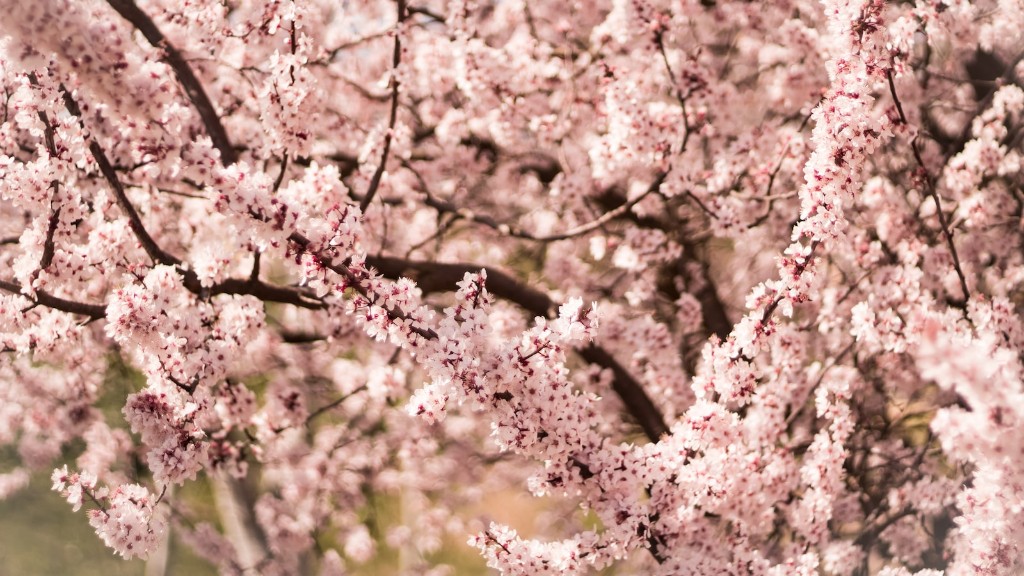Apples rot on the tree due to a variety of factors, but primarily due to fungal or bacterial infection. Relative humidity is one of the key drivers of fruit rot as it increases the likelihood of infection by providing a moist environment that microorganisms thrive in. Additionally, high summer temperatures and prolonged presence on the tree also contribute to rotting fruit. The presence of other pests and animals can also quickly break down a harvest before it can be harvested.
Fungal or bacterial infection are the most common cause for apple rot on the tree. Apple scab, powdery mildew, and cedar apple rust are just some of the fungal and bacterial diseases that can cause apples to rot. Generally, fungus and bacteria first enter the apple through external wounds or natural openings such as the stem end or other areas of soft tissue. As the infection progresses, the fungi or bacteria consume the apple’s tissues, resulting in discoloration, softening and the eventual collapse of the fruit.
High humidity is a major contributing factor to apple rot on the tree. When humidity levels are high, moisture can quickly penetrate the apple’s protective skin, allowing entry to infectious microorganisms. For example, a certain species of fungus called Colletotrichum is known to cause apple rot during periods of high humidity. High humidity also allows mold and bacteria to multiply within the apple’s tissues and quickly break down its structure.
High summer temperatures and prolonged presence on the tree can also cause apples to rot on the tree. High temperatures can cause the cell walls of the apple to break down, resulting in water-logging of the apple’s flesh and a decrease in shelf life. Prolonged presence on the tree can also discourage bees from pollinating the apples, meaning that the quality of the fruit may be poor or malfunctioning.
Animals and insects, such as birds, can be a further source of apple rot. Birds may peck at the apple and create an entry point for fungal or bacterial infection. Insects such as aphids can also cause problems, as they suck the sap and juice from the apple, reducing its starch content and increasing its fermentation rate.
Harmful Insects
Insects have a significant impact on the health of apple trees and can quickly spoil a harvest of apples if they are left unchecked. Some of the most common insect pests that cause damage to apples are aphids, thrips and mites. Aphids suck the sap and juices out of apples and can quickly reduce their starch content, causing the fruit to rot. Thrips cause further harm by puncturing the skin of the apple and creating wounds through which infectious microorganisms can enter. Mites can also cause harm, as their presence can cause discoloration, malformation, and softening of the apple.
To prevent insect damage, trees should be regularly checked for pests and insect damage. In addition, early removal of insect-infested fruits is essential to ensuring the health of the remaining harvest. Utilizing specialized sprays, traps and other methods of pest control will reduce insect damage and improve crop yields.
Cool Storage Conditions
Cool storage conditions can help to reduce the risk of apple rot by slowing the activity of fungal and bacterial growth. Lowering the temperature of apples in the storage area helps to slow the growth of bacterial and fungal spores, providing some protection against infection. The ideal conditions for storing apples should consist of temperatures between 35-45°F and relative humidity levels of between 45-55%.
But not all apple varieties can tolerate these cool conditions. In certain cases, such as with certain varieties of apples, temperatures lower than that of 38°F will cause the fruit to be damaged by a process called supercooling. Supercooling is a process by which the cells of the apple start to break down due to extreme cold, causing the fruit to become soft and discolored. For this reason, it is important to carefully identify the apple variety before storing at cooler temperatures.
Removing Rotting Apples
In order to minimize the spread of fungal and bacterial disease, it is important to remove any rotting apples from the tree as soon as they are noticed. By removing rot-affected apples immediately, it will reduce the spread of fungal or bacterial infection to healthy apples and also prevent the tree from being overloaded with too much fruit. Additionally, any discolored leaves should also be removed and destroyed, as these can also contain infection-causing fungi and bacteria.
Managing Disease and Insects
Managing disease and insect pests is essential for maintaining a healthy apple tree. Regular spraying with fungicides and insecticides can help to reduce the risk of apple rot and insect damage. Additionally, choosing disease-resistant varieties of apples and keeping the tree pruned and well-ventilated can also reduce the risk of disease.
Apples are also at risk from practice of improper pruning. Breaks in the branch surface created by improper pruning will create entry points for fungal or bacterial infection. Pruning should only be done when absolutely necessary, and when doing so, only smaller branches should be cut to avoid making larger openings in the tree’s canopy.
Cultural Practices
Adopting certain cultural practices can also help to reduce the risk of apple rot. Applying mulch and compost around the tree can help to retain moisture and keep weeds away, which in turn helps to reduce the chances of fungal or bacterial infection. Additionally, ensuring adequate light and air circulation within the canopy of the tree can also help to keep the tree healthy.
Irrigation is also an important factor in the prevention of apple rot. Maintaining an even level of moisture throughout the season will minimize the risk of fruit rot and discourage the growth of fungal and bacterial spores. Drip irrigation is especially beneficial for reducing the risk of disease, as it ensures an even distribution of water throughout the tree’s root zone.
Harvest and Storage
Finally, proper harvesting and storage techniques can help to reduce overall apple rot. Apples should be carefully handpicked, as mechanical harvesting damages the fruit and increases the risk of infection. Careful handling and early removal of insect-infested fruit is also essential. Proper storage techniques should also be utilized, as cold temperatures and low relative humidity are beneficial for reducing the risk of apple rot.



